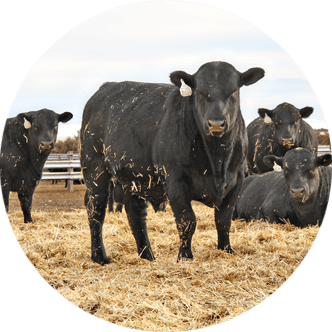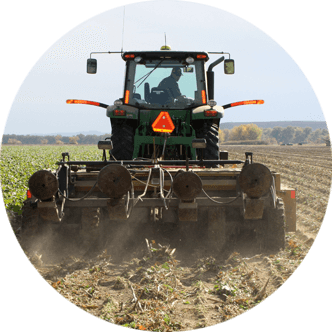New food traceability requirements set to impact the grocery industry
A November 2024 webinar hosted by the National Grocers Association (NGA) explores why traceability is becoming essential for independent commercial grocers, from complying with regulatory standards to enhancing food safety and responding effectively to product recalls.
The food traceability requirements taking effect early next year are compelling grocers to address various challenges, including financial implications, supplier-related issues and potential legal consequences for non-compliance.
Retailers now have less than one year to comply with Section 204 of the Food Safety Modernization Act (FSMA), which will be implemented in January 2026.
FSMA originated in 2010, but Section 204 passed in 2023 and mandates companies involved in the food supply chain must maintain detailed records regarding the traceability of specific food items listed on the Food Traceability List (FTL), allowing for faster identification and removal of potentially contaminated food in the case of a foodborne illness outbreak, including tracking key data elements (KDEs) at critical tracking events throughout the supply chain
“This important legislation aims to enhance supply chain traceability, enabling the swift identification and removal of potentially contaminated food products,” states ReposiTrak Chief Customer Officer Derek Hannum during the webinar.
FSMA
According to the Centers for Disease Control and Prevention, approximately 48 million individuals in the U.S. experience illness due to foodborne diseases each year.
Of these cases, 128,000 result in hospitalization and 3,000 lead to fatalities, which is a considerable public health challenge that is largely preventable.
FSMA is designed to transform the nation’s food safety system by shifting the emphasis from merely responding to foodborne illnesses to actively preventing them.
Enacted by Congress, the FSMA responds to significant changes in the global food system and underscores the importance of understanding foodborne illness and its repercussions.
This legislation highlights foodborne illnesses pose a serious public health concern and threaten the food sector’s economic stability.
The U.S. Food and Drug Administration (FDA) has developed several finalized rules to implement FSMA, acknowledging ensuring food safety is a collective effort across various points in the global supply chain for both human and animal food.
These FSMA rules are designed to clearly outline the necessary actions at each point to effectively prevent contamination.
Future effects
Section 204 of FMSA will significantly impact commercial agriculture by requiring enhanced recordkeeping for specific high-risk foods listed on the FTLs.
The list encompasses various fresh produce items, such as cucumbers, herbs, leafy greens, melons, peppers, sprouts, tomatoes and tropical tree fruits, as well as all fresh-cut fruits and vegetables.
Non-fresh produce items on the list include ready-to-eat refrigerated deli salads, soft cheeses, shell eggs, nut butter, finfish, crustaceans and mollusks.
Hannum notes, “Producers will have to maintain detailed tracking of KDEs like lot numbers, harvest dates and shipping information including packing, shipping and receiving information.”
This means commercial farmers and food processors must meticulously track the movement of these foods throughout the supply chain to quickly identify and remove potentially contaminated products in the case of an outbreak, improving food safety and consumer protection.
Commercial producers who manufacture, process, pack or hold these items must keep records containing KDEs about the products and be able to provide this information within 24 hours of a request from the FDA.
“The KDE records must be created and maintained as products go from suppliers and distribution centers to stores and restaurants and then saved for two years,” Hannum says.
According to the NGA webinar, some KDEs, like the traceability lot code and product description, can be printed on a label, while others, such as the date when food was received, cannot.
“Retailers with a central kitchen or who make deli foods in one store to provide to multiple stores will need to go through additional data steps including creating a new traceability lot code for the transformed food items,” states Independent Grocers Alliance Chief Executive Officer John Ross.
Retailers and wholesalers need to think about traceability implementation as three distinct phases – supplier onboarding to enable data sharing, traceability at the distribution center and warehouse level and traceability at the store level as consumers expectations fuel the need for traceability.
Recently, Kroger, a major retailer in the U.S., announced it will require its suppliers to provide essential food traceability data attributes for all food products, not just those listed on the FDA’s FTL and expects its suppliers to comply with these requirements by July 2025.
Melissa Anderson is the editor of the Wyoming Livestock Roundup. Send comments on this article to roundup@wylr.net.





